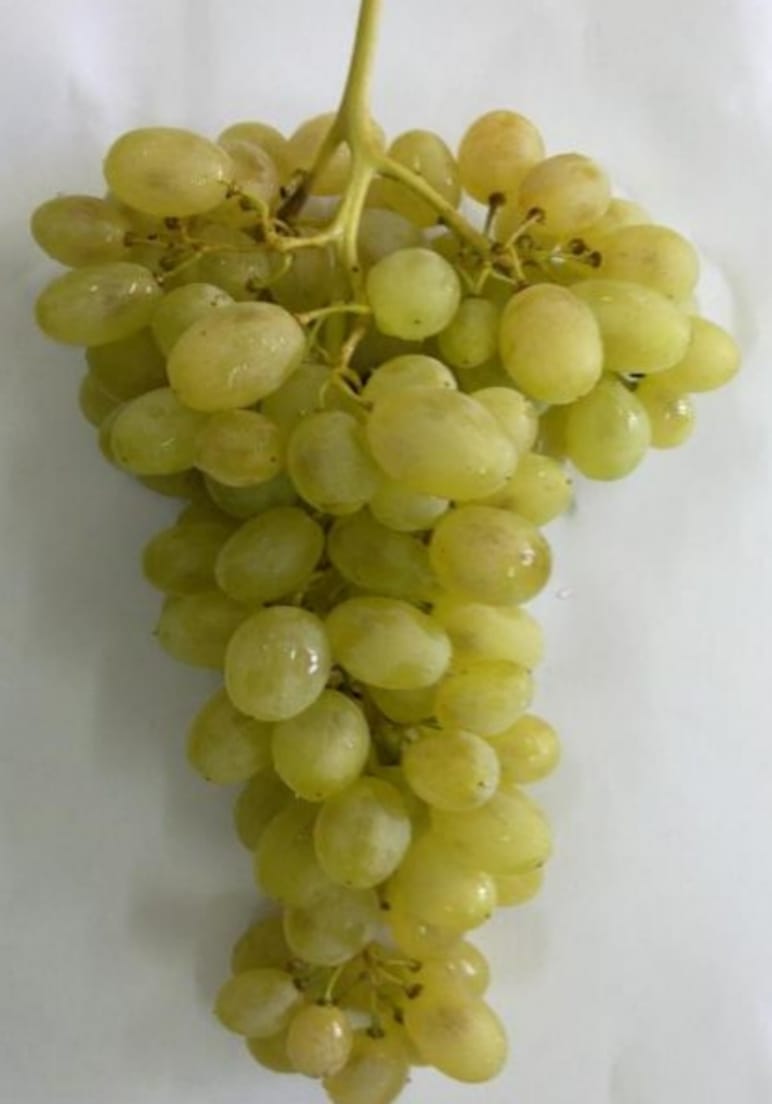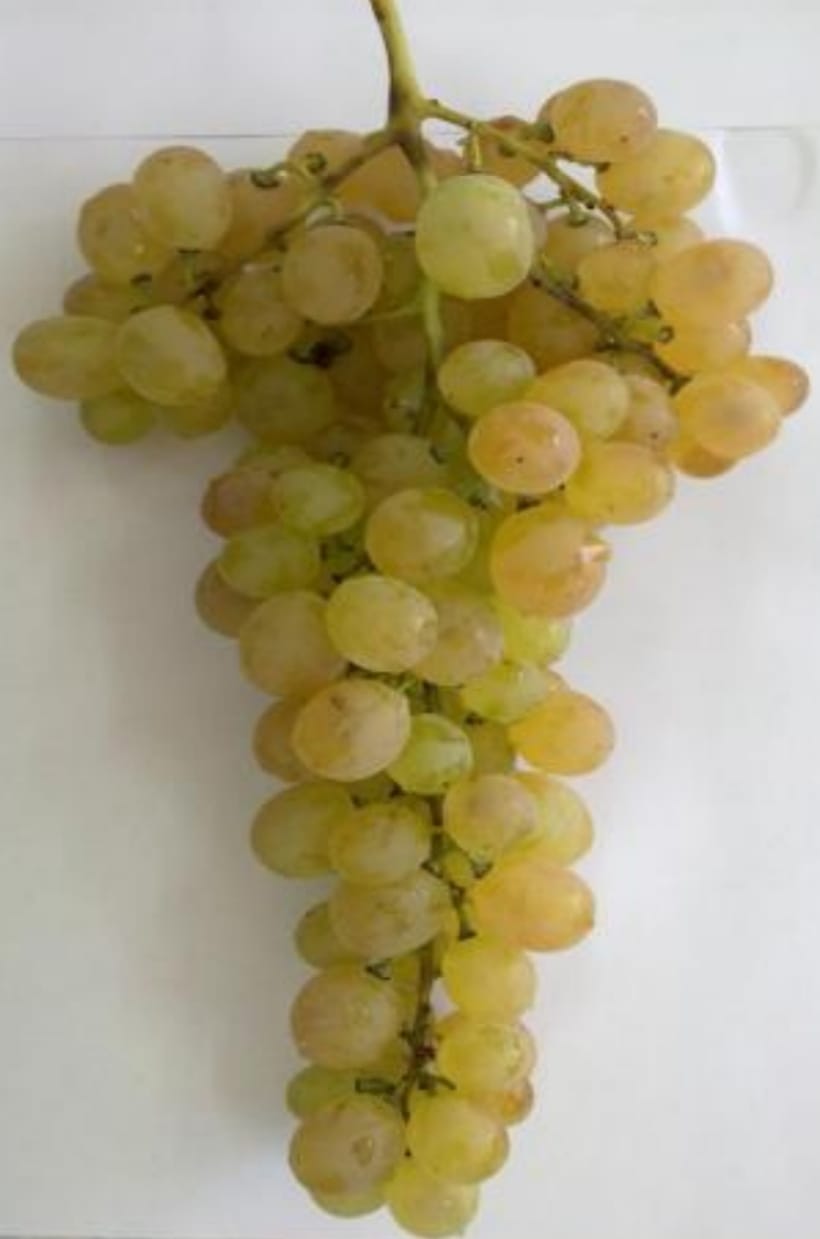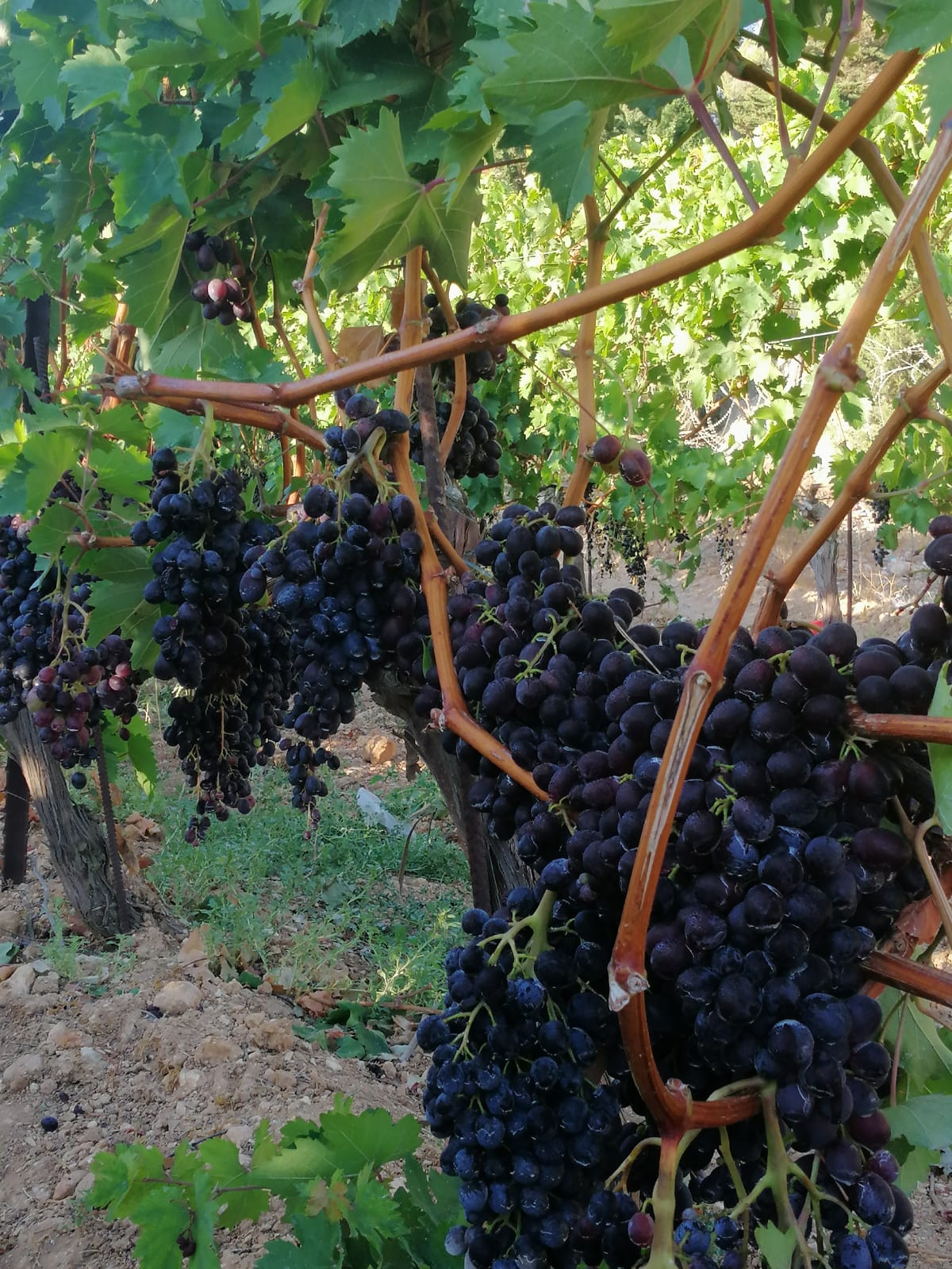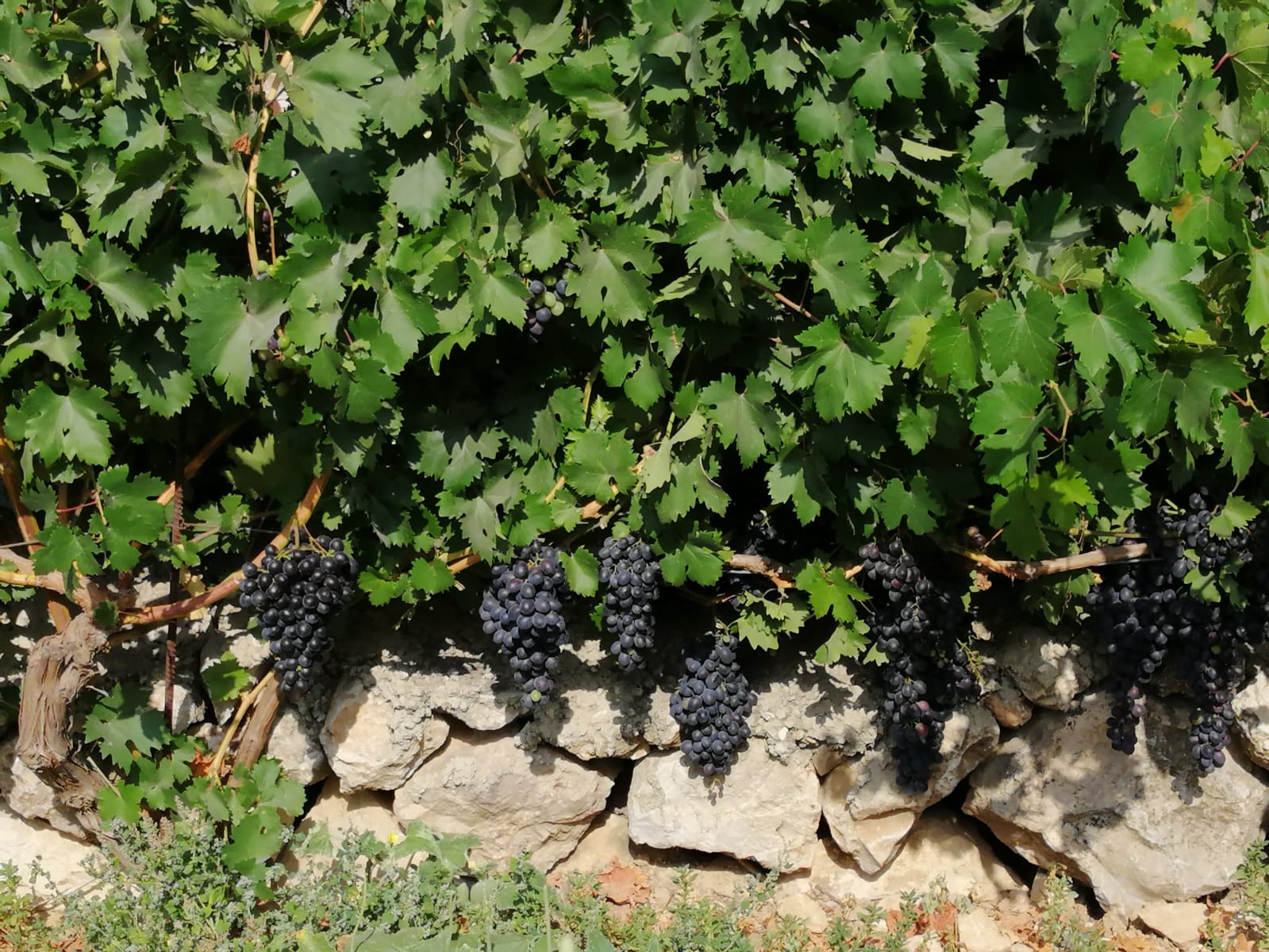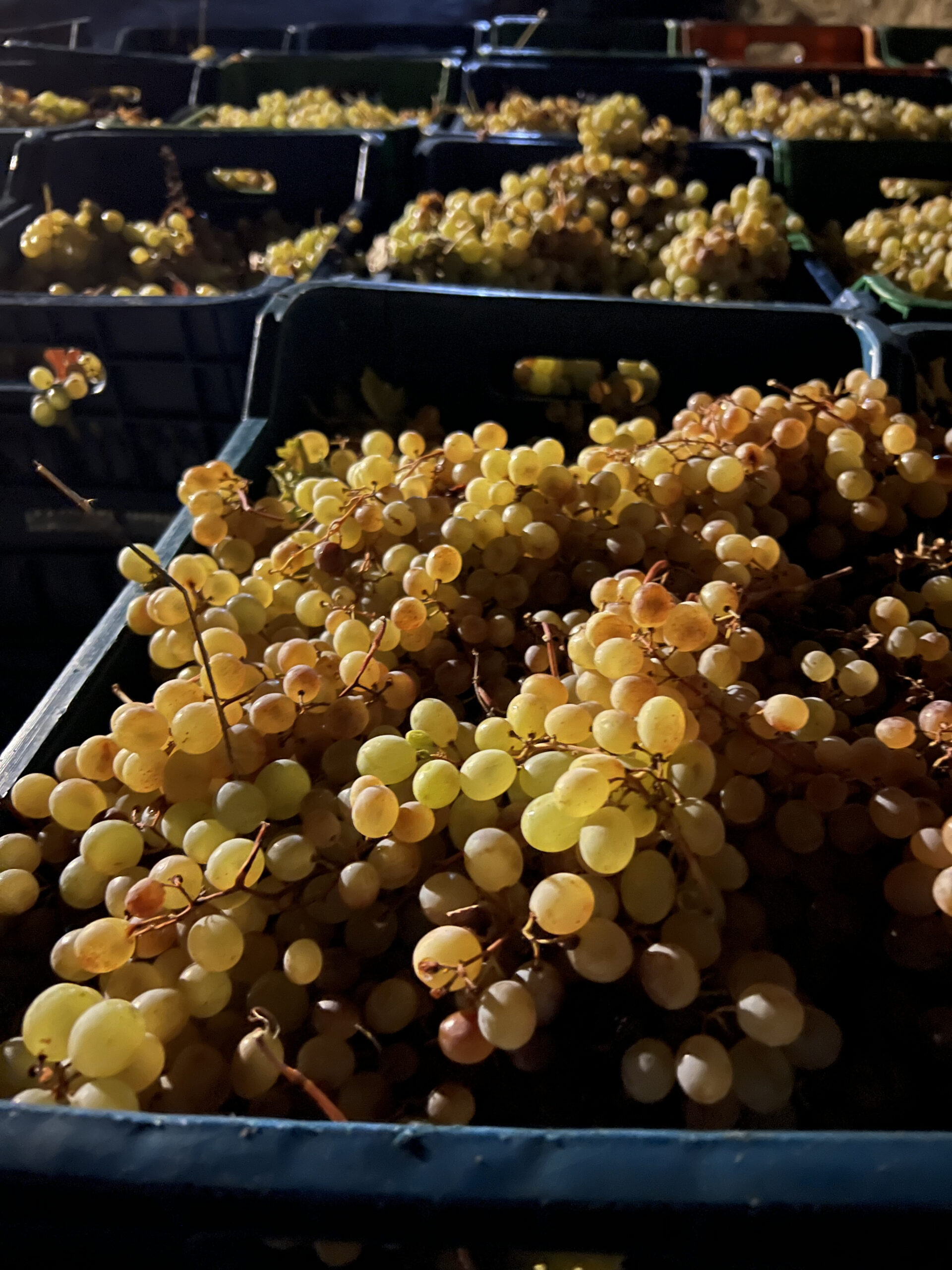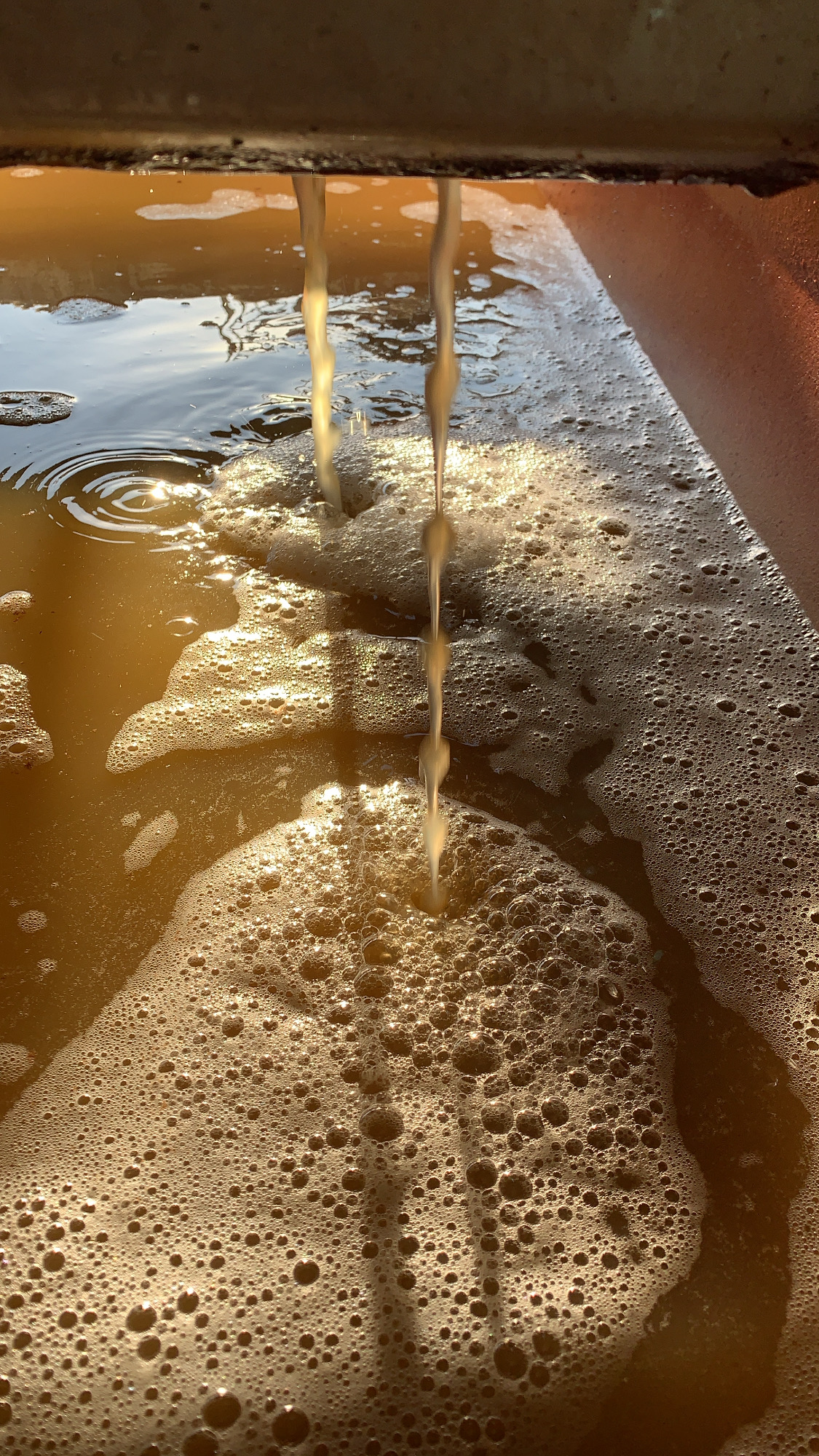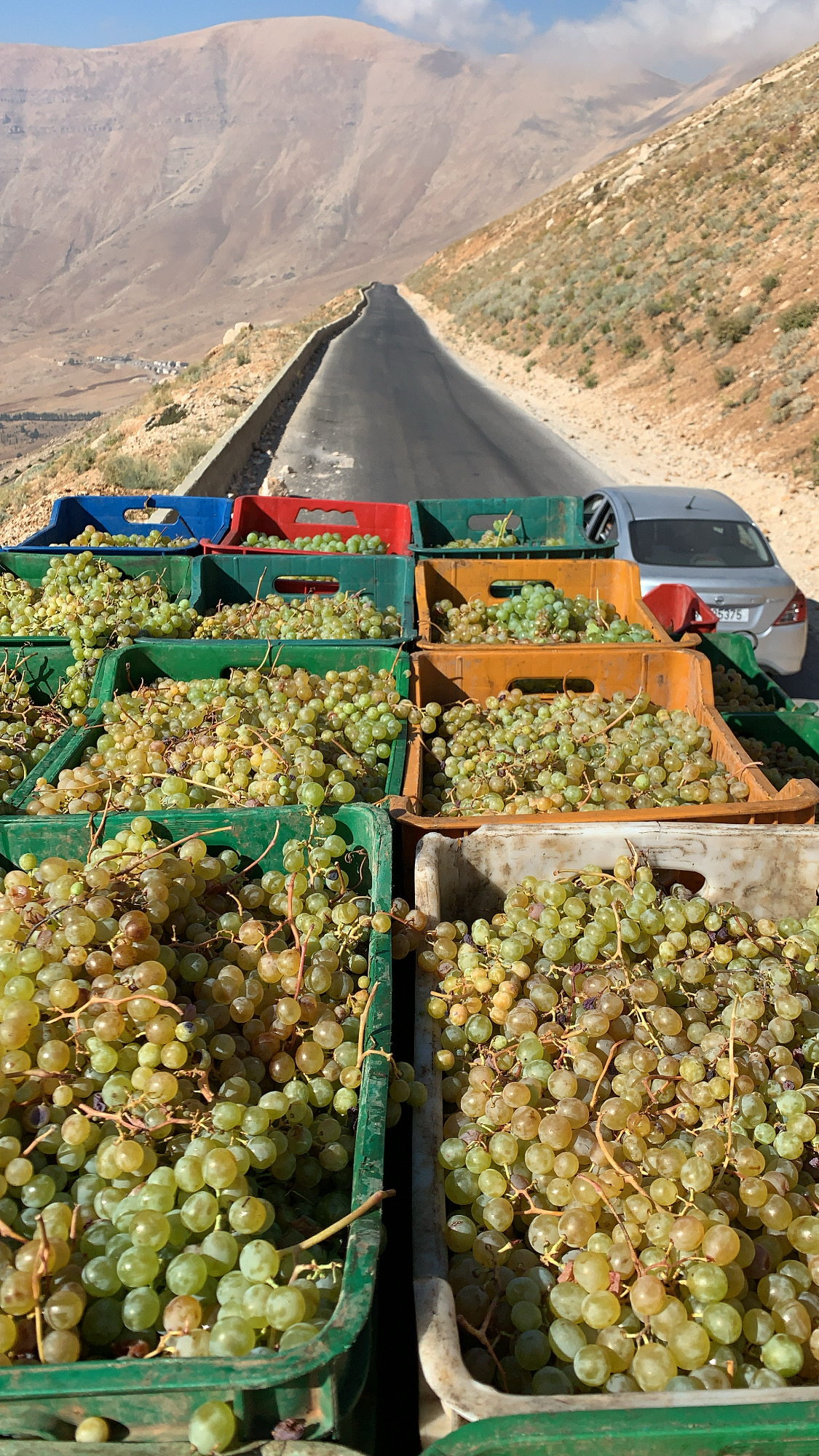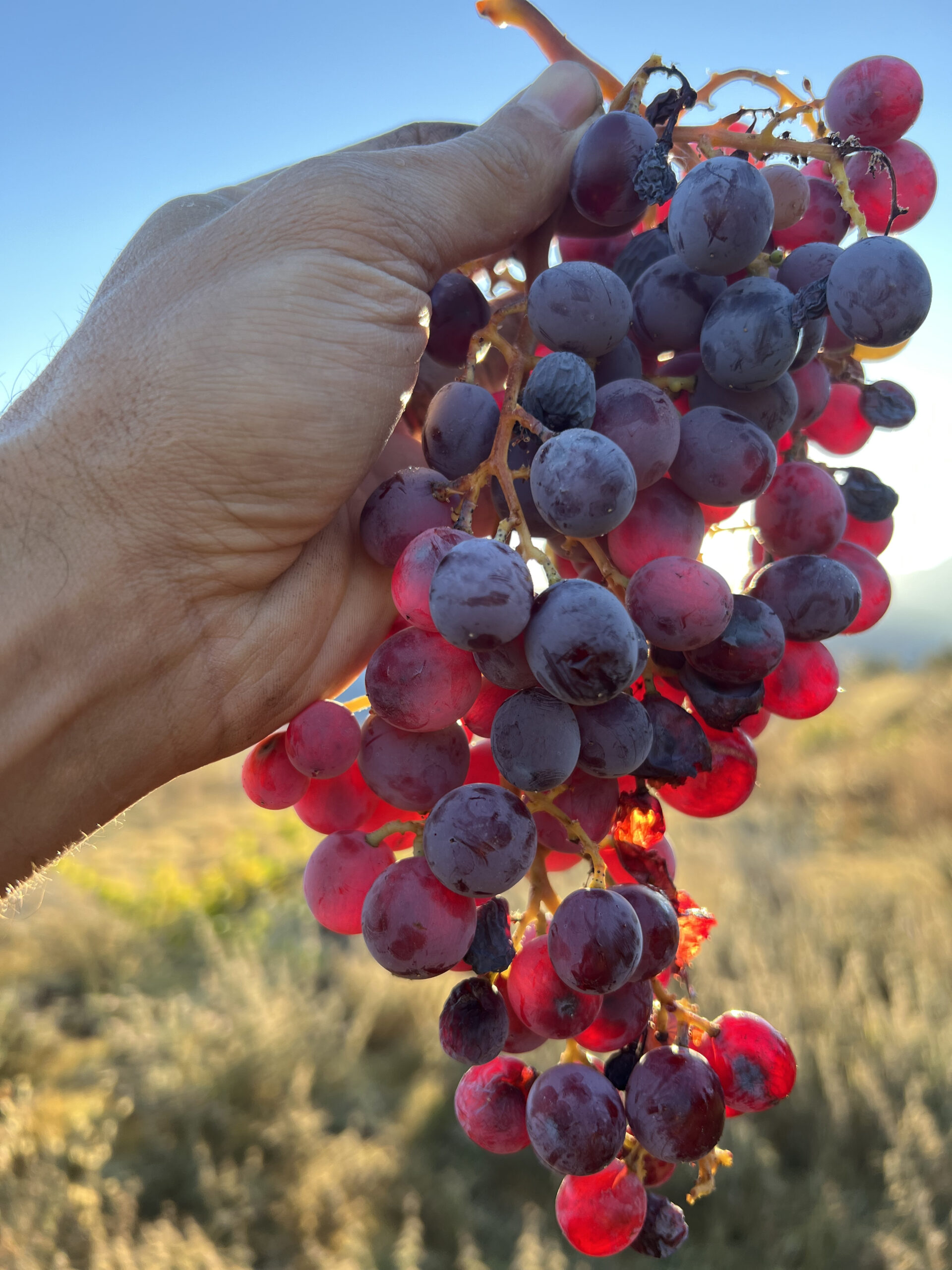Lebanon
Learn more about the four most commonly used indigenous Lebanese grape varietals
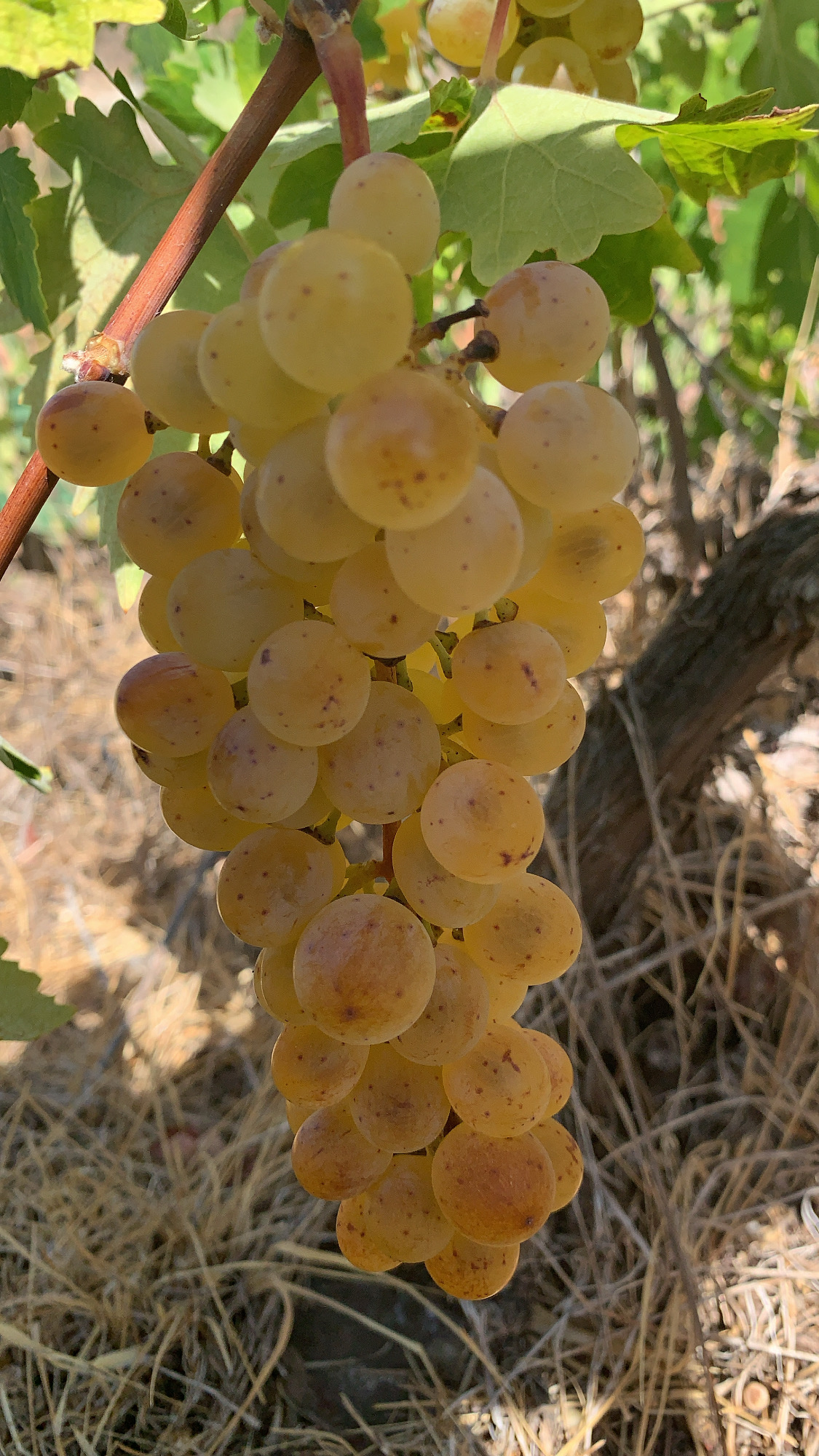
Merwah
White
Merwah is thought to be genetically similar to Semillon, which was introduced to Europe by the Phoenicians of ancient Lebanon. Merwah was traditionally planted on small terraces surrounded by fig and olive trees. Merwah produce rich wines with nutty, floral, and light citrus notes.
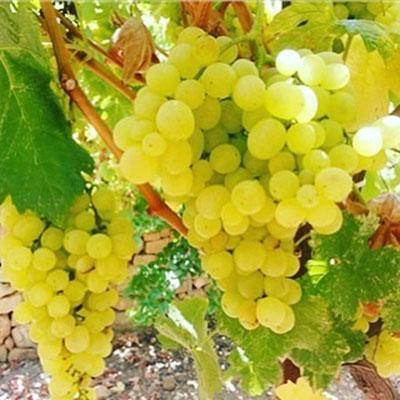
Obaideh
White
Obaideh was traditionally used to make Arak, a Levantine aniseed liquor, due to its high sugar content. It is generally low in acid. It can present honey and citrus notes. Sometimes thought be a clone of Chardonnay, recent research confirms Obaideh’s status as a native Lebanese varietal.
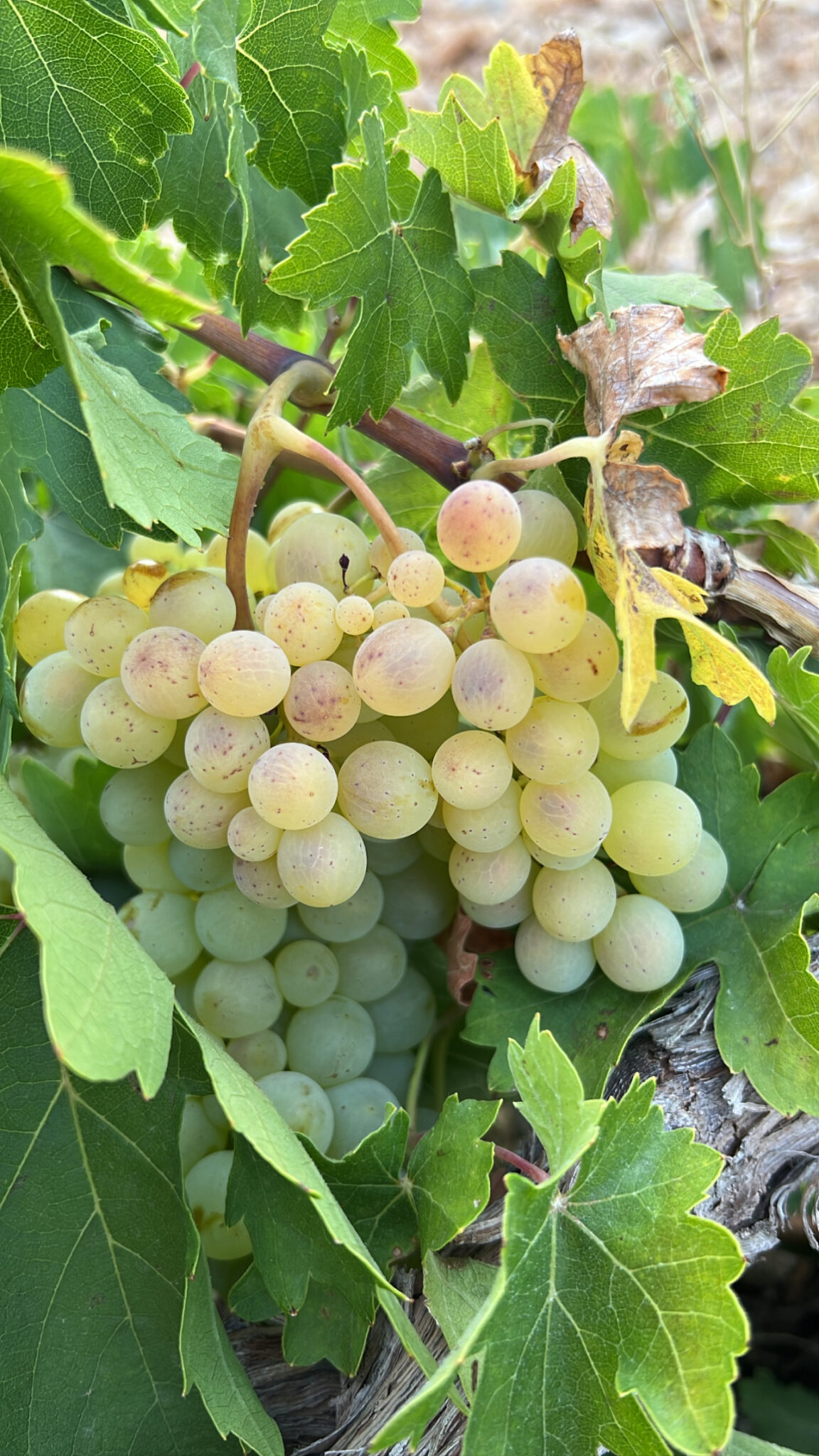
Daw Al Amar (Moonlight)
White
Daw Al Amar is a green grape that grows wild in Lebanon.

Sabbaghieh/Marini
Red
Dark skinned grape with a name derived from sabgha meaning to “dye” or “stain” in Arabic. Sabbaghieh is a rare teinturier grape with both its skin and flesh having a dark hue. Wines produced with Sabbaghieh have red fruit, dark fruit, vegetal notes, and spice notes.
Palestine
Learn more about the four most commonly used indigenous Palestinian grape varietals
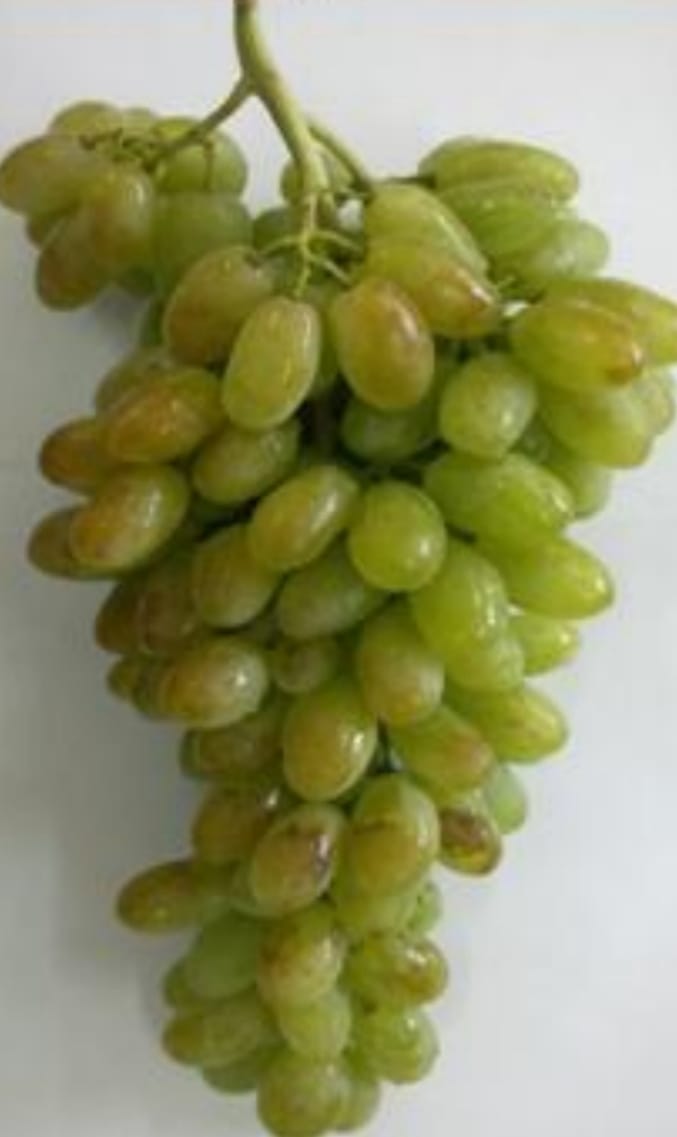
Dabouki
White
Dabouki is the most famous Palestinian varietal and means “sweetness” in Arabic. The grapes are characterized by green berries with elliptical shape and a sweet taste. Dabouki is used as a table grape, in Arak production, to make molasses, and of course to make delicious sweet and dry wines.
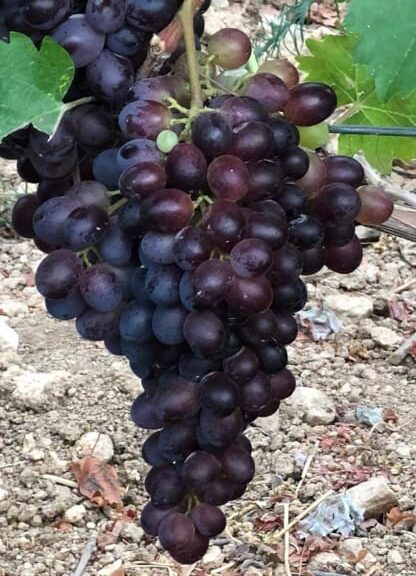
Baladi
Red
Baladi is a Palestinian black grape meaning “local,” “native,” or “country” in Arabic. Baladi is characterized by its crispy texture and moderate acidity.

